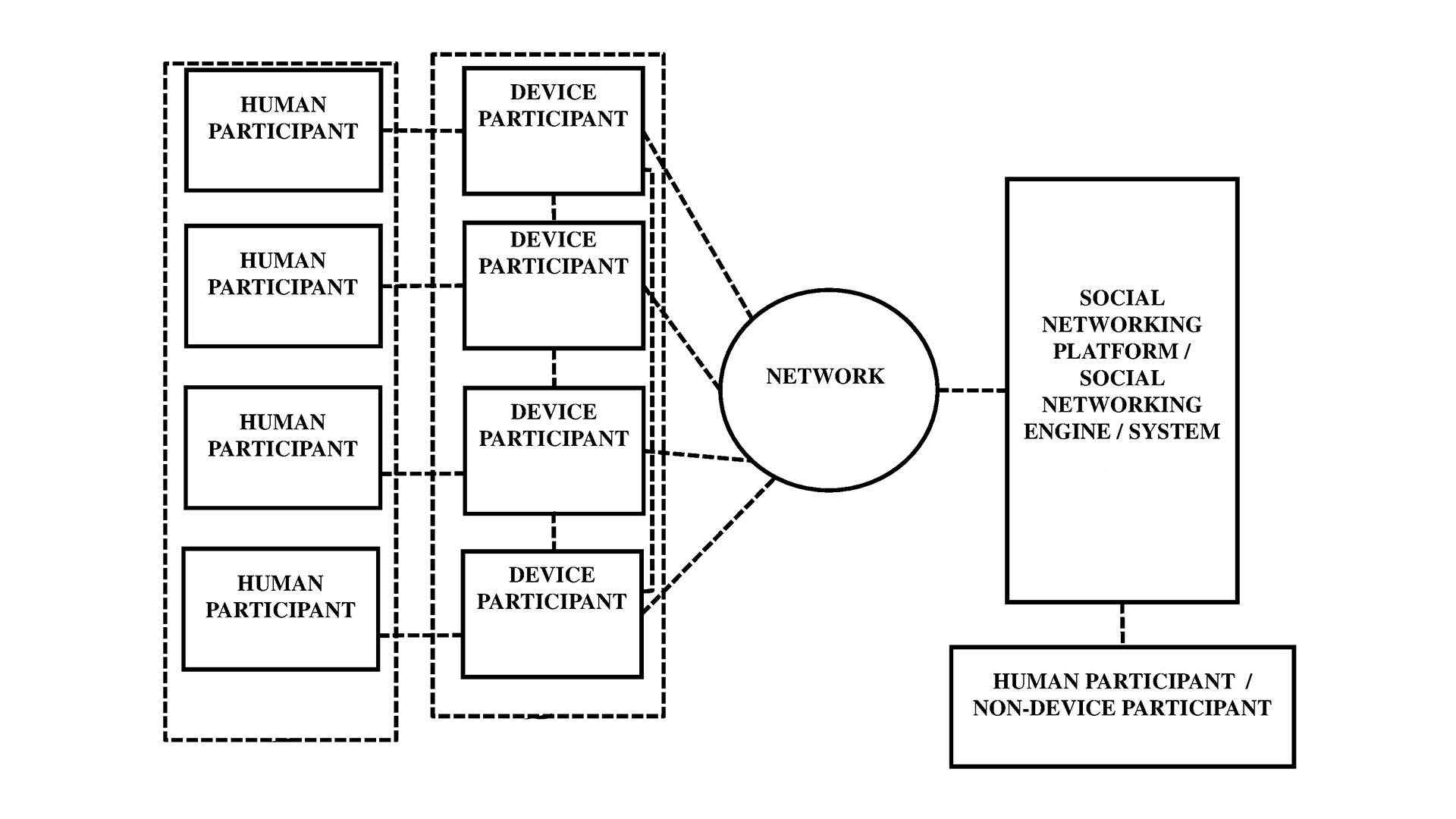
The Growing Need for Advanced Health Management System Device Management Solutions
In today’s increasingly interconnected world, the need for efficient device management and interaction has become paramount across various industries, including healthcare, manufacturing, and aviation. Traditional systems and procedures for automating and connecting devices have laid the groundwork for innovation, but there remains a pressing demand for more advanced solutions.
One of the key challenges in device management is identifying and addressing faults promptly. This patented technology introduces a fault detection mechanism that compares the expected timeline of events with their actual occurrence. When a significant deviation is detected, it signals a potential issue, enabling timely intervention. Moreover, the system’s ability to create and manage individual device profiles, complete with health and specification details, enables precise tracking of each device’s performance. In the event of a fault, the system intelligently identifies a backup device capable of stepping in to ensure seamless operation.
This technology introduces a groundbreaking system and method for seamlessly integrating and managing multiple devices through a social networking platform. The primary focus is on health management, but the underlying principles can be applied across various industries. Here, we provide a detailed technical implementation of the key elements of the technology.
Fostering Harmonious Device Collaboration
At its core, this technology tackles a core challenge in today’s interconnected world: how to enable devices to work harmoniously together. The focal point of this endeavor is the establishment of a dynamic ecosystem where devices interact, communicate, and collaborate with each other in real-time. While health management serves as a prime example, where medical devices can seamlessly coordinate and share vital health-related data, the foundational concepts of this technology possess inherent adaptability. These concepts are poised to bring transformative change in sectors such as manufacturing, aviation, smart cities, and beyond.
Let’s look into the intricate workings of this technology. It provides a sophisticated framework for the creation and management of individual profiles for each device within this socially aware network. These profiles function as unique digital identities, housing not just technical specifications but also vital information regarding the device’s intended health-related functions and operational parameters. Picture this as each device having its own virtual ID card, making its capabilities and purpose readily comprehensible to both its peers and a central server.
The patented technology is a significant leap forward in how devices interact and cooperate within interconnected networks. At its core, it leverages the power of social networking to create a dynamic ecosystem where devices seamlessly collaborate, particularly in the context of health management.
Device Profiles: Personalized Identities
Imagine a world where every device has its own unique identity, complete with a profile that outlines its capabilities and purpose. These profiles, however, go beyond the technical specs. They contain vital information about a device’s health disciplines and operational parameters. In essence, it’s like giving each device a personalized identity card, enabling other devices and a central server to understand what each one brings to the table.
Building Social Relationships: Devices as Friends
In this socially aware network, devices are not isolated entities. Instead, they form social relationships based on their profiles. Think of it as devices becoming friends, and like friends, they can communicate, cooperate, and assist each other when needed. This interconnectedness enables a whole new level of synergy among devices. A device knows which other devices can perform partly or full function of the other devices in case of a need when fault occurs at other devices.
Real-Time Updates: Staying Informed
In the fast-paced world of devices, staying updated is crucial. Devices within this ecosystem constantly exchange real-time updates through social interactions. These updates include changes to health profiles and operational specifications. It’s like devices engaging in a continuous conversation, keeping everyone informed about their status and capabilities.
Fault Detection: A Watchful Eye
One of the standout features of this technology is its ability to optimize fault detection swiftly. It does this by comparing expected timelines of events with their actual occurrences. If a significant deviation is detected, it’s a signal that something might be wrong with a device. This early detection of faults is critical in industries where reliability is paramount, such as healthcare and manufacturing.
Intelligent Fault Resolution
When a fault is identified, the system steps in with an intelligent solution. It identifies another device within the network capable of taking over the function of the faulty one. This is done with precision, considering factors like proximity and operational similarity.
The Future of Device Interaction
The technology outlined in this document represents a fundamental shift in how devices interact and collaborate. It’s not just about technical specifications but about creating a social network where devices communicate, cooperate, and support one another. This approach has far-reaching implications, from enhancing the reliability of medical devices to optimizing manufacturing processes. It’s a glimpse into the future where devices work together like never before, ultimately making our lives more efficient and reliable.
This innovation breathes life into devices, imbuing them with a level of awareness and interconnectedness that transcends conventional machine-to-machine communication. These devices, once isolated entities, evolve into “social beings” within this network. They form connections, interact, and proactively assist one another as the need arises, driven by the rich tapestry of data encapsulated in their profiles.
Furthermore, this technology introduces an advanced fault detection mechanism, a watchful eye within this dynamic network. It continually monitors the expected timelines of events and cross-references them with real-time occurrences. In instances where a fault is detected, the system’s intelligence comes into play. It identifies another device within the network, capable of stepping in and assuming the responsibilities of the faulty device. The selection process for this substitute device is intricate, considering factors such as proximity and operational similarities. Think of it as a well-coordinated team, with a substitute player seamlessly taking the field when required.
